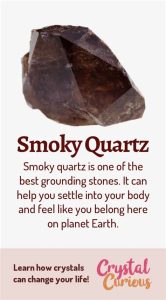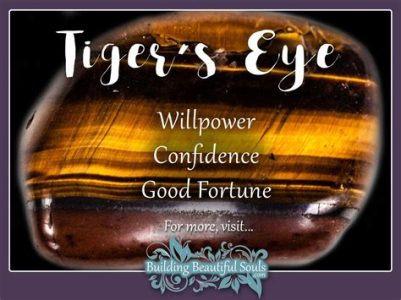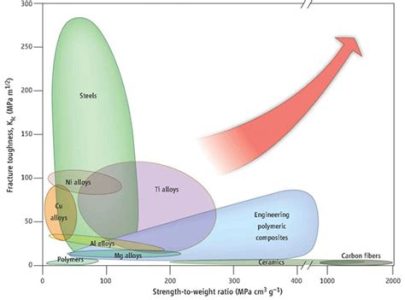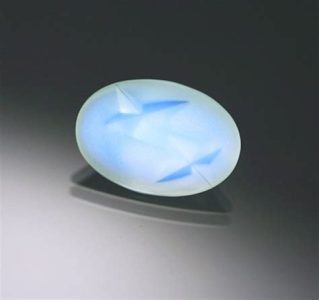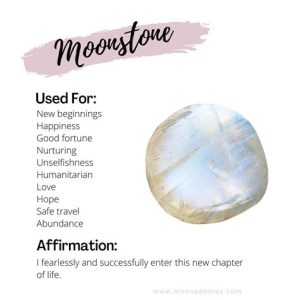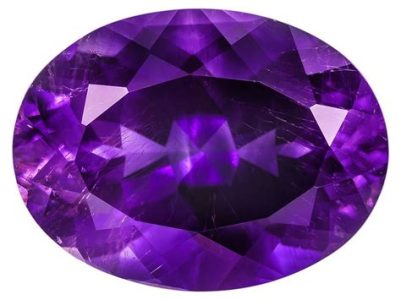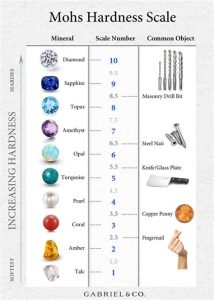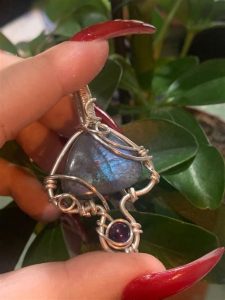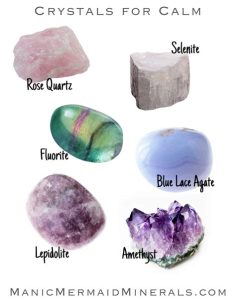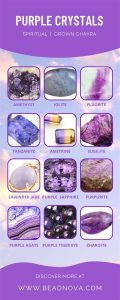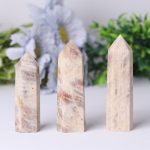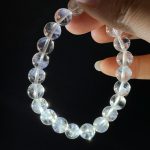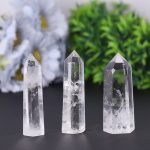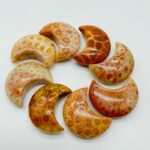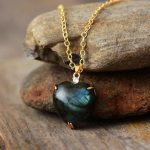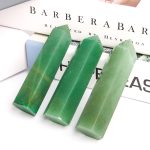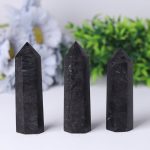Introduction
Tree agate and moss agate are two captivating gemstones that share a common characteristic: their dendritic inclusions. These branch-like patterns resemble trees or moss, giving them a unique and alluring appearance. However, beyond their superficial similarities, several key differences distinguish these two gems.
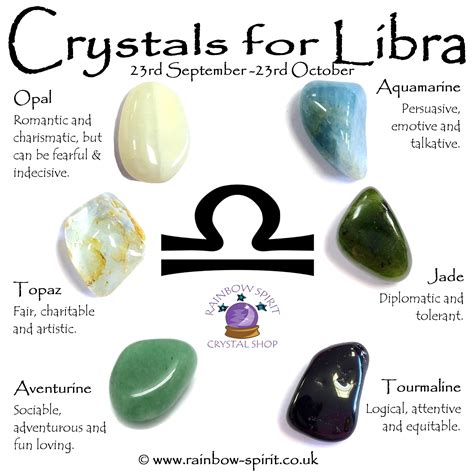
Mineralogy and Composition
- Tree agate: A variety of microcrystalline quartz containing inclusions of manganese and iron oxides.
- Moss agate: A variety of chalcedony containing inclusions of green chlorite, hornblende, or epidote minerals.
Appearance and Colors
- Tree agate: Typically translucent or semi-transparent, with a whitish to grayish base color. Dendritic inclusions appear as dark brown or black “trees.”
- Moss agate: Opaque or translucent, with a milky or light green base color. Dendritic inclusions resemble moss, appearing in shades of green, olive, or black.
Hardness and Durability
- Both tree agate and moss agate have a Mohs hardness of 6.5-7, making them relatively durable gemstones.
- However, moss agate can be more prone to chipping or fracturing due to its porous structure.
Origins and Distribution
- Tree agate: Found in India, Australia, Germany, and the United States.
- Moss agate: Widely distributed globally, with notable occurrences in India, China, Brazil, and South Africa.
Metaphysical Properties
- Tree agate: Said to promote stability, growth, and connection to nature.
- Moss agate: Associated with abundance, prosperity, and grounding.
Value and Price
- Tree agate: Generally less expensive than moss agate, with prices ranging from $50-$200 per carat.
- Moss agate: More valuable due to its vibrant green inclusions, typically priced at $100-$500 per carat.
Applications
- Jewelry: Both tree agate and moss agate are popular gemstones for pendants, earrings, bracelets, and rings.
- Cabochons: Cut into smooth, polished domes for use in jewelry and decorative objects.
- Tumbling: Polished rocks that can be used for meditation, display, or feng shui.
- New applications: Possible uses as a grounding material in alternative healing practices.
Table 1: Summary of Key Differences
| Feature | Tree Agate | Moss Agate |
|---|---|---|
| Mineralogy | Microcrystalline quartz | Chalcedony |
| Base color | Whitish to grayish | Milky or light green |
| Dendritic inclusions | Brown or black “trees” | Green, olive, or black “moss” |
| Hardness | 6.5-7 | 6.5-7 |
| Durability | Durable | More prone to chipping |
| Value | Less expensive | More valuable |
Conclusion
Tree agate and moss agate offer distinct visual appeals and metaphysical properties. While tree agate represents stability and growth, moss agate embodies abundance and grounding. Both gems hold their value in the jewelry industry and have potential applications in alternative healing practices. Understanding their differences allows for informed decision-making when selecting gemstones for jewelry or other purposes.

